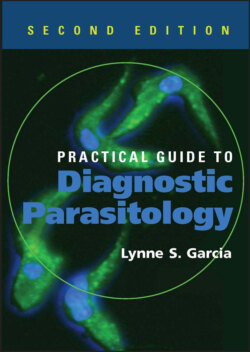Читать книгу Practical Guide to Diagnostic Parasitology - Lynne Shore Garcia - Страница 15
На сайте Литреса книга снята с продажи.
Who Should Perform Diagnostic Parasitology Testing? Laboratory Personnel
ОглавлениеDiagnostic procedures in the field of medical parasitology require a great deal of judgmental and interpretative experience and are, with very few exceptions, classified by the Clinical Laboratory Improvement Act of 1988 (CLIA ’88) as high-complexity procedures. Very few procedures can be automated, and organism identification relies on morphologic characteristics that can be very difficult to differentiate. Although morphology can be “learned” at the microscope, knowledge about the life cycle, epidemiology, infectivity, geographic range, clinical symptoms, range of illness, disease presentation depending on immune status, and recommended therapy is critical to the operation of any laboratory providing diagnostic services in medical parasitology. As laboratories continue to downsize and reduce staff, cross-training will become more common and critical to financial success. Maintaining expertise in fields such as diagnostic parasitology has become more difficult, particularly when using standard manual methods. Also, the lower the positive rate for parasitic infections, the more likely it is that the laboratory will generate both false-positive and false-negative laboratory reports. It is important for members of the health care team to thoroughly recognize areas of the clinical laboratory that require experienced personnel and why various procedures are recommended above others.
